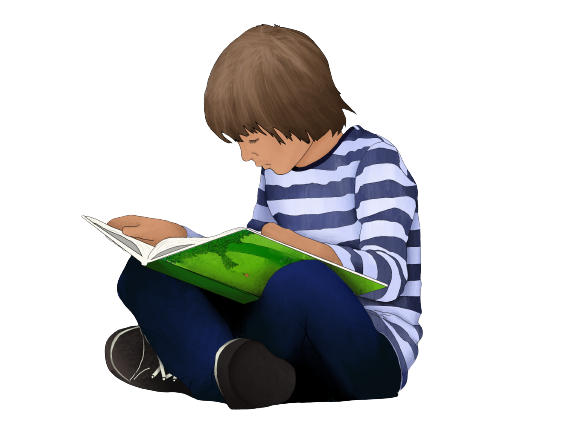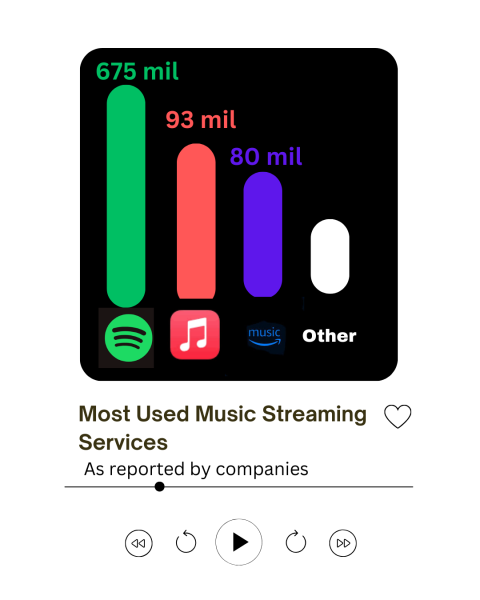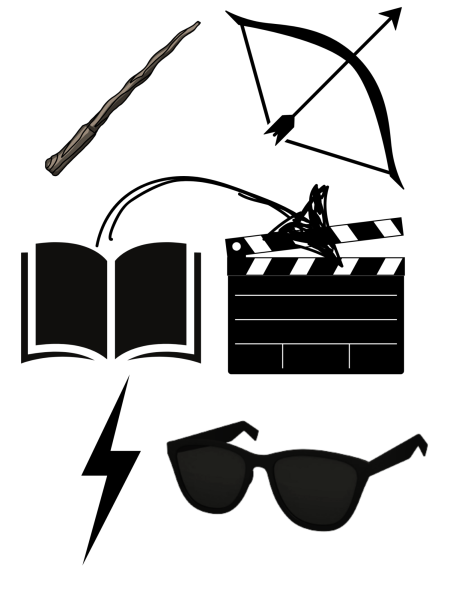The Beauty of Children’s Books
There is a certain art behind children’s books. Each flows with ease to describe a story through pictures and short phrases. Through these vibrant illustrations and words lay a message to the young and to the old. Beauty is displayed as well as hidden in these gentle books of our childhood.
As I picture my most precious children’s book, “Where The Wild Things Are,” I remember the enticing cover along with the comforting tones and markings of the art.
“The cover illustration and title are the first thing that draws me into a picture book,” said Korie Mitchell, children’s library assistant at Cook Memorial Library. “But how the words and pictures tell the story together and how the story makes me feel keep me engaged.”
When we are younger we are drawn in by colors and faces, not text. Yet, as we grow older, the illustrations become a guide to the words of the story, and we start to understand the significant messages in these words. And those uncovered messages are beautiful.
A children’s book by the name of “The Boy, the Mole, the Fox and the Horse” was recently rediscovered by young adults through its new animated adaptation, and lauded for it demonstrates complex morals through its story. This book was not even originally marketed as a children’s book in the library, but instead in the adult collection.
Children do not always fully grasp the subtitles of children’s books. However, young adults and teenagers hold a different perspective that allows them to better appreciate more mature messages in children’s books.
“As we mature, we can appreciate more of the story and nuance, or perhaps the message applies to our life in a different or more meaningful way,” Mitchell said.
Getting older made me reconsider the meanings I held for books when I was younger against what I understand of them now. For instance, “The Giving Tree” is a book I simply remembered as a nice tree that offered her friends gifts. It was kind. However, I now recognize that the message is that although there is always something to share with others, it is important to let others give to you as well.
Another example of this new perception revolves back to “Where The Wild Things Are,” a favorite book of mine that I never truly understood. Originally, I believed the story regarded taking time to find oneself and how others can lift you up.
Melissa Phillips, as an adult, perceives its message differently. “Max is angry,” she said. “He represents the monsters, but the monsters, as monstrous as they are, actually love him,” she said.
I hadn’t considered this idea of Max himself being a monster. It taught me that, even now as I am older, it is possible to still grow and develop more profound interpretations.
The messages of children’s books are not restricted to any age group. They are applied to our lives no matter what age. Although, at times, the messages might apply prominently in certain situations in life.
Eventually, inevitably, we move on from children’s books. These children’s books are teachers, stepping stones, from when we are young to when we grow old. They vary from simple vocabularies to richer ones. They allow us to excel at beginners reading to SAT-level interpreting.
Through these stories, we develop empathy and learn how to connect with the community around us. As we grow older we can give these experiences to others – just as “The Giving Tree” teaches us.
Beautiful is an understatement regarding these books and their messages of gold. Yet, it speaks true. The illustrations combine qualities of shapes, colors and forms that please our eyes, while the words speak volumes in just a few short syllables.
And that is beautiful.











